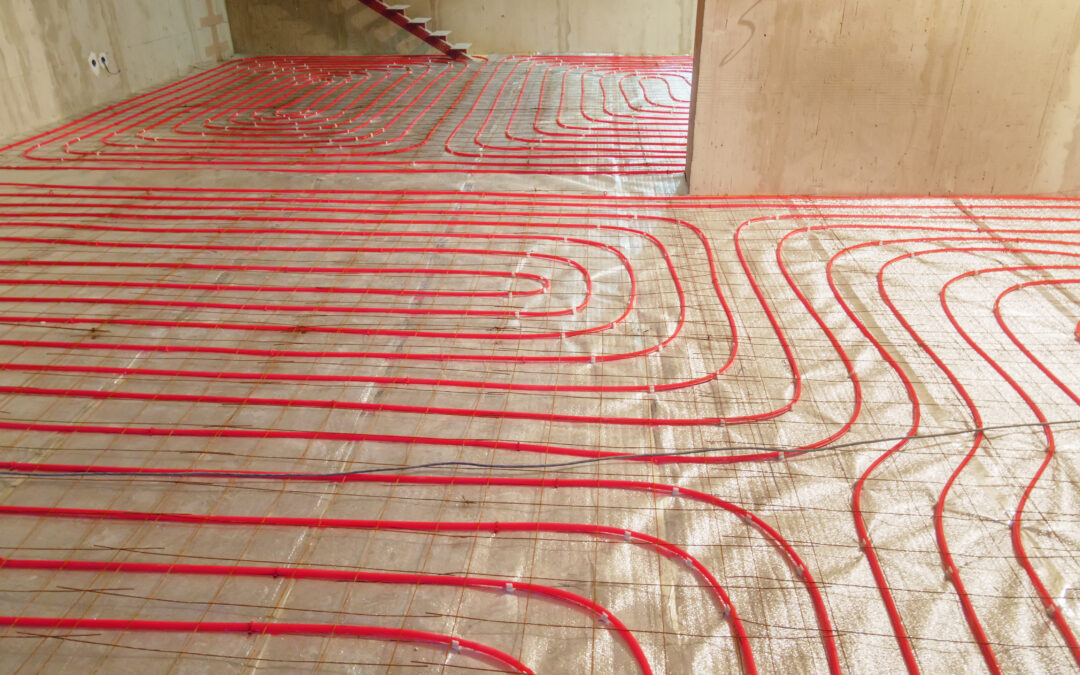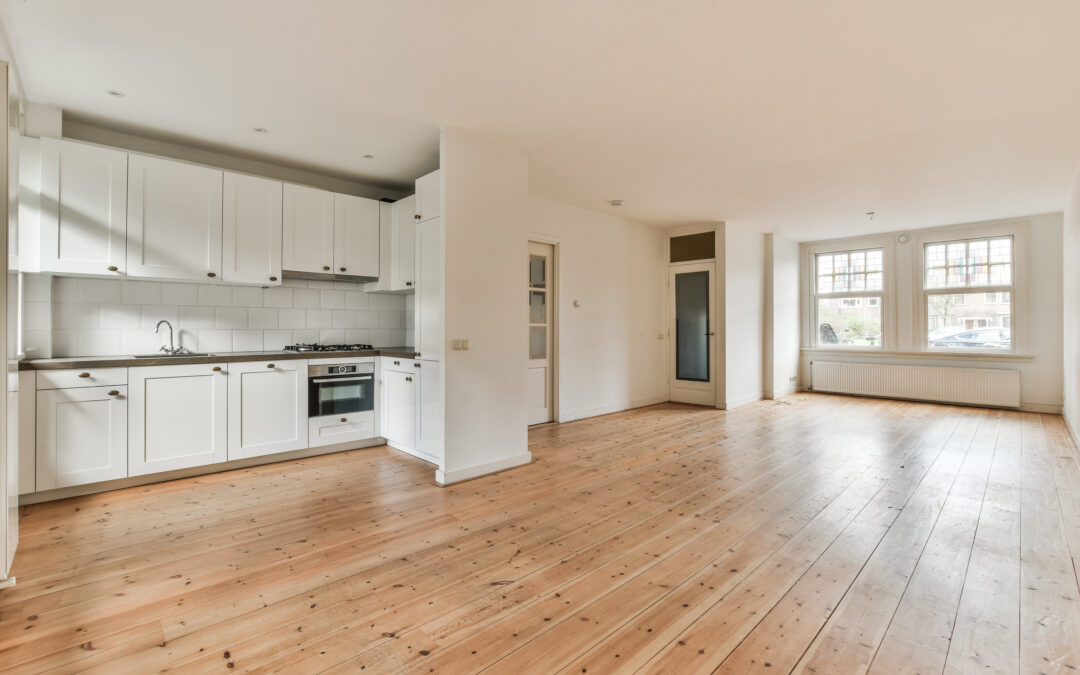Vinyl flooring has gained popularity in recent years due to its versatility, durability, and aesthetic appeal. As homeowners explore the option of vinyl flooring for their spaces, the question of whether underlay is necessary often arises. In this article, we’ll delve into the importance of underlay for vinyl flooring, its benefits, types, installation process, cost considerations, and more.
Introduction
Vinyl flooring is a resilient and cost-effective flooring option suitable for various settings, including residential and commercial spaces. Its popularity stems from its ability to mimic the look of natural materials like hardwood or stone while offering enhanced durability and easy maintenance.
What is Vinyl Flooring?
Vinyl flooring is a synthetic flooring material made from polyvinyl chloride (PVC) and other additives. It comes in a variety of styles, including vinyl plank and vinyl tile, offering a wide range of design options to suit different preferences and decor themes.
Advantages
- Waterproof
- Durable
- Easy to clean and maintain
- Budget-friendly
- Available in various styles and designs
Disadvantages
- Susceptible to fading in direct sunlight
- Can be prone to scratching and denting
- Not as eco-friendly as natural flooring materials
Understanding Underlay for Vinyl Flooring
Underlay, also known as underlayment, is a layer of material placed beneath the vinyl flooring to provide additional support, insulation, and cushioning. While vinyl flooring is resilient on its own, underlay can enhance its performance and longevity.
Importance of Underlay
Underlay serves several important functions in conjunction with vinyl flooring:
- Moisture Barrier: Some underlay materials act as a moisture barrier, preventing moisture from seeping through the subfloor and causing damage to the vinyl flooring above.
- Sound Absorption: Underlay can reduce noise transmission, making the space quieter and more comfortable, especially in multi-story buildings.
- Subfloor Imperfections: Underlay helps to smooth out minor irregularities in the subfloor, providing a more even surface for the vinyl flooring installation.
- Thermal Insulation: Certain types of underlay provide thermal insulation, helping to maintain a comfortable indoor temperature and reduce energy costs.
Types of Underlay for Vinyl Flooring
When choosing underlay for vinyl flooring, it’s essential to consider the specific requirements of the space and the desired performance characteristics. Common types of underlay include:
Foam Underlay
Foam underlay is lightweight, affordable, and easy to install. It provides excellent cushioning and sound absorption properties, making it suitable for residential applications.
Cork Underlay
Cork underlay is a natural and sustainable option known for its resilience and thermal insulation properties. It’s resistant to mould and mildew, making it ideal for areas prone to moisture.
Rubber Underlay
Rubber underlay offers superior durability and impact resistance. It’s often used in high-traffic areas or commercial settings where heavy furniture or equipment may be present.
Felt Underlay
Felt underlay is made from recycled fibres and provides a soft and comfortable feel underfoot. It’s suitable for use with vinyl flooring in bedrooms or areas where comfort is a priority.
Benefits of Using Underlay with Vinyl Flooring
The use of underlay with vinyl flooring offers several benefits:
- Enhanced comfort underfoot
- Reduced noise levels
- Improved thermal insulation
- Protection against moisture damage
- Prolonged lifespan of the flooring
When Underlay is Not Necessary
While underlay can enhance the performance of vinyl flooring in many cases, there are situations where it may not be necessary:
- Installation over a smooth, level subfloor
- Limited budget constraints
- Temporary flooring applications
How to Install Underlay for Vinyl Flooring
Installing underlay for vinyl flooring typically involves the following steps:
- Prepare the subfloor by cleaning and ensuring it’s smooth and level.
- Roll out the underlay material, ensuring it covers the entire floor area with no gaps or overlaps.
- Secure the underlay in place using adhesive or tape, following the manufacturer’s instructions.
- Trim any excess underlay around the edges of the room.
- Install the vinyl flooring over the underlayment according to the manufacturer’s guidelines.
Cost Considerations
The cost of underlay for vinyl flooring varies depending on the type of underlay chosen, the size of the space, and installation requirements. While some underlay materials may be more expensive upfront, they can provide long-term benefits and cost savings through improved performance and durability.
Maintenance of Vinyl Flooring with Underlay
Maintaining vinyl flooring with underlay is relatively simple and requires regular cleaning and maintenance to preserve its appearance and performance. Sweep or vacuum the floor regularly to remove dirt and debris, and clean up spills promptly to prevent staining or damage.
Longevity and Durability
Properly installed and maintained vinyl flooring with underlay can last for many years, providing a durable and stylish flooring solution for residential and commercial spaces alike. Regular maintenance and care can help extend the lifespan of the flooring and keep it looking its best for years to come.
Environmental Impact
While vinyl flooring offers several advantages, it’s essential to consider its environmental impact. Some types of vinyl flooring and underlay may contain potentially harmful chemicals or contribute to environmental pollution during manufacturing and disposal. Choosing eco-friendly options and proper disposal methods can help mitigate these concerns.
Expert Recommendations
Consulting with flooring experts or professional installers can provide valuable guidance and recommendations on the selection, installation, and maintenance of vinyl flooring with underlay. They can assess the specific requirements of your space and recommend the most suitable products and techniques for optimal performance and longevity.
Common Misconceptions
There are several misconceptions surrounding the use of underlay with vinyl flooring, including:
- Underlay is only necessary for certain types of vinyl flooring.
- Underlay adds unnecessary cost to the flooring project.
- Underlay installation is complicated and time-consuming.
In reality, underlay can benefit most types of vinyl flooring by enhancing comfort, reducing noise, and prolonging the lifespan of the flooring.
Frequently Asked Questions (FAQs)
Can I Install Vinyl Flooring Without Underlay?
While it’s possible to install vinyl flooring without underlay, it’s not recommended. Underlay offers various benefits, including enhanced comfort, insulation, and durability.
How Thick Should Underlay Be for Vinyl Flooring?
The thickness of underlay for vinyl flooring typically ranges from 1mm to 3mm, depending on the specific requirements of your flooring and subfloor.
Do I Need Underlay for Vinyl Plank Flooring?
Yes, underlay is essential for vinyl plank flooring to provide cushioning, noise reduction, and moisture protection.
Can I Use Foam Underlay for Vinyl Flooring?
Foam underlay is a popular choice for vinyl flooring due to its lightweight nature, ease of installation, and excellent sound absorption properties.
Is Underlay Necessary for Floating Vinyl Flooring?
Yes, underlay is recommended for floating vinyl flooring to provide stability, insulation, and soundproofing benefits.
How Long Does Vinyl Flooring Underlay Last?
With proper installation and maintenance, vinyl flooring underlay can last for many years, contributing to the longevity of your flooring.
Conclusion:
In conclusion, underlay plays an important role in ensuring the optimal performance and longevity of vinyl flooring. By providing enhanced comfort, insulation, noise reduction, and moisture protection, underlay offers numerous benefits that justify its inclusion in your flooring project. Whether you’re installing vinyl plank flooring or floating vinyl flooring, investing in quality underlay is a decision you won’t regret.



